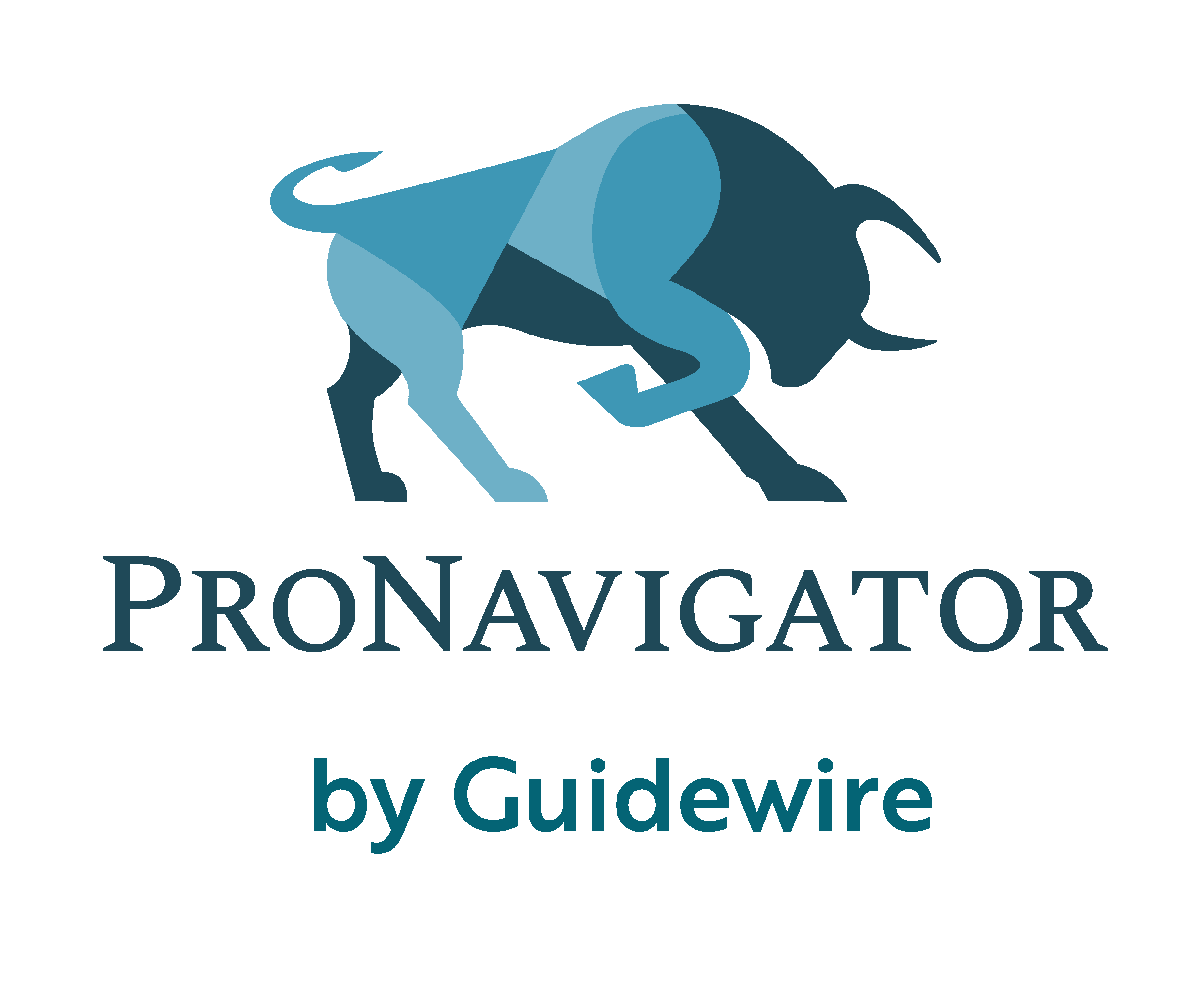In its series of predictions for 2022, Forrester writes that “insurers will find value in new processes, products, and distribution.” This is a fitting follow-up to 2021. Forrester previously argued that claims leakage would become a top priority. This is because insurers have started to deal with claim losses from the economic fallout of COVID-19 and global natural disasters.

New technologies are some of the main tools that insurers have to minimize operational losses due to claims leakage. This refers to the difference between what an insurer spent to settle a claim versus what the insurance company should have spent. Let’s take a look at how big of a problem leakage is and insurers can do about it.
How Big of a Problem is Claims Leakage?
According to Nuexo, claims leakage accounts for up to $30 billion in losses every year. This may add up to as much as 5% to 10% of total claims costs. PricewaterhouseCoopers reports that industry benchmark is 3%. However, that figure can be as high as 25% in some parts of the industry, including life insurance.
Many insurers only uncover leakage when it’s too late, such as during audits. But a more effective process could prevent leakage before it happens.
Traditional ways to address claims leakage include setting up more streamlined claims management systems. Companies should also ensure that all policies are written clearly and are easy for agents and customers to understand.
But these steps may only go so far. That's because they don’t address the root causes of leakage, including human error and outdated technologies.
Top Causes of Insurance Claims Leakage

As Endava states, a claims leakage is a common concern in the industry that can bring on significant challenges for insurers. Here are a few primary causes of leakage:
- Lack of visibility in the claims process — With so many people involved in every step of the process, it's challenging for individuals to see where blockers may occur. That means that the entire process can often be slowed down and over-complicated throughout different stages.
- Depending on manual processes — Adopting new technology is a gamble that takes time and money, it undoubtedly speeds up your processes. Sticking to the methods and technologies your team has depended on for years leaves you vulnerable to human error. That will slow you down more than learning any new technology would.
- Inadequate training — For those companies that have undergone digital transformation, training team members may not be top priority. That means that when the people who do know the software leave the company, they take that knowledge with them. This leaves your company more open to a claims leakage.
The Role of Human Error in Claims Leakage
The most serious cause of a claims leakage typically revolve around human error. Leakages are typically the result of inefficiencies in the claims management system that fail to identify processing errors or outright fraud. But in many cases, the leakage is attributable to human error issues that can be difficult to spot.
The International Risk Management Institute, for example, identifies several types of human error that can result in leakage. These range from “missing the opportunity of settling a bad claim early in its life cycle” to “unreturned phone calls” that increase the time it takes to process a claim.
Often, insurance staff simply don’t have the information they need at their fingertips and may be unclear on the insurance policy’s benefits or the date the claim was reported—resulting in over-payments for claims that were filed late or erroneously.
Insurance professional Howard Ehrlich says that it’s common for his team to report that they haven’t actually read the policy in question. That may sound shocking, but it’s actually a pretty understandable situation.
Policy documents can be confusing and there are always new revisions to stay on top of. But without knowing what’s in a policy, it’s impossible to build a trustworthy claims management system.
Can a Claims Leakage Be Avoided?
Technically, leakages can be avoided. But insurers are human and mistakes happen. Instead, it makes more sense to plan for ways to improve leakage. PwC outlines some approaches for insurers to try and do just that:
- Thoroughly review policy wording and claims procedures to ensure your team understands all terms and processes.
- Conduct a detailed financial analysis on a significant number of client claims files to identify cases that fall outside acceptable limits.
- Identify key areas of claims leakages across people, processes, and technology.
- Conduct root cause analysis in the areas listed above to develop remediation plans.
- Conduct a financial impact analysis. This can help your team determine cost savings and opportunities for the short-term and future of your business.
PwC reports that implementing processes like these can lead to benefits such as a 5-10% reduction of loss costs, 50% reduction in legal loss management, and a 5% reduction in severity and duration of case management.
How AI Can Address Leakage

Source: DAMCO
Insurers are increasingly turning to artificial intelligence (AI) technologies to address leakage preemptively and streamline the claims processing lifecycle. For example, a predictive AI model could assess incoming claims for the possibility of leakage. Then, it can pass them on to the appropriate handler based on their expertise.
The good news is that insurers don’t need to overhaul their entire management system in order to reduce leakage. As PwC explains, legacy software systems often result in poor quality data. That in turn can lead to higher leakage.
One way to reduce claims leakage is for companies to simplify information discovery and management in their existing claims management systems. This enables agents or call centers to instantly find the answers they need.
Use AI-Powered Search to Reduce Claims Leakage
ProNavigator powers an AI-powered knowledge management solution that lets front-line insurance workers such as call center agents easily access the information they need. This drastically reduces the opportunity for human error when performing tasks like these. And it doesn’t require extensive setup, training, or infrastructure.
There’s no need to re-train your staff or re-write documents. That's because ProNavigator uses natural language processing (NLP) technology that’s uniquely trained to understand industry terms and acronyms. Your team can use it to search in any document and locate key terms that a legacy search tool might miss. Plus, with built-in version control, ProNavigator always pulls up the most up-to-date version of each policy document.





